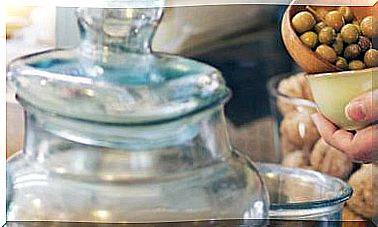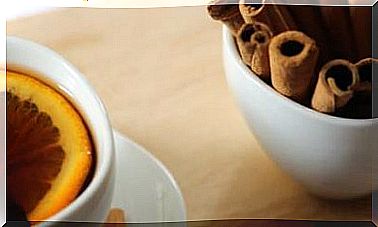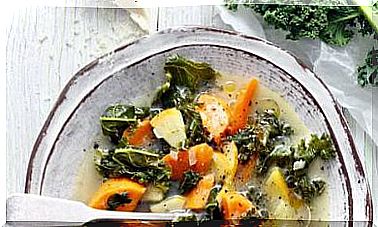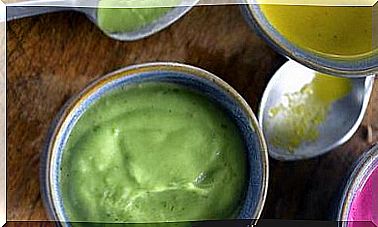Biodynamic Cuisine: The Moon Enters Our Table
Cereals, pickles, preserves and sauces gain properties and flavor if they are made with biodynamic ingredients and under the laws of this philosophy.
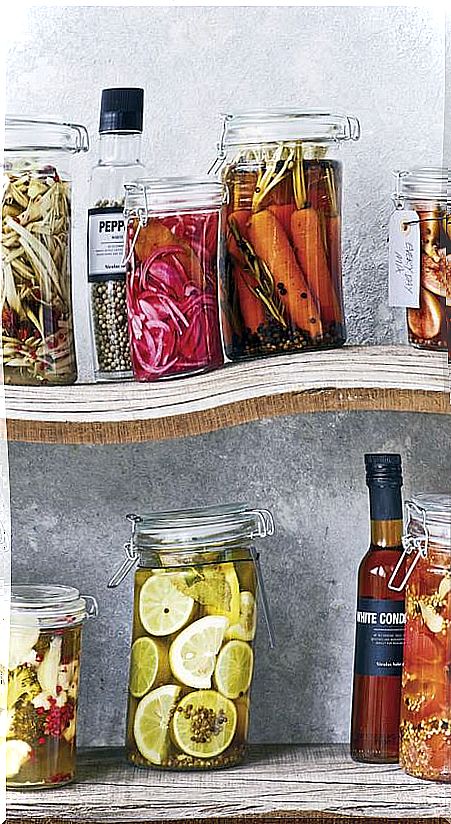
If you cook with vegetables and biodynamic plants following the lunar calendar, you get your body to benefit from the best of the culinary process led by the baton of the moon, its four elements and the constellations that govern them.
It is an orchestra of clean food, without pesticides and alive, such as the crops of biodynamic agriculture, capable of creating a good score so that your body has the highest proportion of nutrients and unleashing all the effects of eating by following the rules of nature.
Rudolf Steiner (1861), Austrian philosopher, was the promoter of biodynamic agriculture, a method that supports the Demeter Certification. Its basis is anthroposophy, a school of thought created by Steiner that proposes to approach the life of the soul and spiritual experiences with the methods of science.
Biodynamic agriculture is based on the fact that the earth is a living organ and plants, animals and man work together to keep it vital and fertile.
They opt for natural and organic methods, absence of chemicals, certain crop rotations, compost from farm manure to fertilize, control of pests and diseases with plants and minerals, and use of preparations that take into account the influences of the stars.
For Steiner, the different planets leave their mark on the morphology of plants. That is why biodynamics takes into account the forces of the Earth and the cosmos ; that is, the influences of the solar and lunar rhythms, the constellations of the zodiac and the planets of the solar system.
According to the forces active at the time, their farmers choose the appropriate dates for sowing, cultivating, treatments and harvesting to ensure that the food is expressed one hundred percent, obtaining its maximum energy.
What is biodynamic cooking
The German farmer Maria Thun delved into Steiner’s research and gave rise to the calendar of biodynamic agriculture, the most followed today by farmers and winegrowers who follow this orientation.
If we want pickled carrots, we will pick them one day according to the biodynamic calendar and we will put them to pickle in the jar on the most favorable day, according to what type of vegetable it is and the chosen production method. It is a magic that is not seen, but it is noticed.
“In nature everything is connected. If hairdressers can take the moon into account when cutting their hair and fishermen depend on the tides, cooks can also keep it in mind”, explains Iolanda Bustos, biodynamic chef at La Calendula (Girona), whose cuisine revolves around this culture transmitted to him by his parents.
She has perfected it to create biodynamic recipes, fusing what works from the peasant’s lunar calendar (which includes the four phases: waxing, waning, full or new) with that of Maria Thun (which incorporates the ascending or descending moons). And it is that anthroposophy has not left biodynamic recipes – as macrobiotics has done – and is only based on general recommendations.
The power of the moon
The waxing moon has more activity, so if we want to make preparations that grow, have a lot of life, that ferment, we will do it on the waxing moon. In biodynamic agriculture, during the waxing moon it is harvested.
The waning moon is calmer and is ideal for preserves and macerations to follow the rhythm of nature, remain stable. With a waning moon, we stop processes such as fermentation, and if we want to transfer from one boat to another, we will do so when the energy is stopped, on a new moon. In agriculture, it is collected.
When to cook each food according to the moon
Taking into account the lunario improves the properties and conservation of fermented products, jams or preserves.
Fermented: start on the crescent moon
It is best to start fermentations on a waxing moon, when bacteria and microbes are most alive and active, which facilitates the process. Liquid fermentations last 7 days and solid ones, 21. Fermentation ends when it no longer bubbles. Rest begins when the moon is waning.
And the best time to stop the fermentation and transfer the fermentation to the fridge or bottles is when there is no moon (new moon): since there is no energy, it is more difficult for things to spoil. In addition to being healthy, the preparation should have flavor.
Flowers can also be fermented
The flowers that have the most pollen are the ones that ferment the best, such as chamomile, daisy and elderflower, since their natural yeasts activate fermentation. And the crescent moon will help us start the ferment.
To ferment the flower, we add 20% of its volume, a little sea water and the rest water without chlorine. The flowers are put into the jar whole without crushing to taste them in their different parts, since even the most bitter ones become sweet, like lilies.
Making a brine with water, salt and vinegar we can pickle flowers. Dandelion has an excellent flavor, according to Iolanda Bustos.
These flowers are harvested on a flower day and with a waning moon because that way the pot will not ferment or swell. In pickles, we only need rest. Heat the brine and add it to the glass jar with the flowers, close hermetically so that they hold in the pantry and take on more flavor.
We will make the rest of the pickles on root day –the earth element is required, so they will have a more intense flavor–, and with a waning descending moon.
Jams, and not just fruit
For the fruit jams, we will collect the fruits and start cooking them in one fruit day. If it is from a tuber, such as carrot or sweet potato, we will do it on a root day.
And if it is a mixture, a strawberry jam (main ingredient) with roses, we will do it on the day of the food whose flavor we want to predominate: strawberries, in this case. Therefore, to make both ingredients, we will choose the fruit day.
We will do the culinary process with a waning moon, so that the jam rests well, and with a descending moon, because it has to be preserved for a long time.
Sauces (and fermented sauces)
Sauces are made with a rising moon, and if they are to be preserved, they follow the same process as jams. If it is tomato, we will prepare it on a fruit day and with a waning moon to have the sauce numb and that it is well preserved in the jar.
In the case of fermented sauces such as ketchup, we will use whole tomatoes previously fermented with salt and sugar, we will crush them and add extra virgin olive oil, or a reduction of roasted tomatoes, and we will seal the jar.
Canned fruit day
It is better to make the preserves on a fruit day and with a waning and waning moon. The days of fruit are good for the flavor and color to be fixed, and the smell and structure are enhanced. But if we do it on an air day we can inflate the boat easily.
Otherwise, the traditional conservation process is followed .
Sun and serene
This method is usually used to force day-night temperature contrasts in the preparation , prolonging the days of rest according to the effect we are looking for.
With medicinal purposes, it lasts 40 days, for cure quarantines, as rosehip and sugar cane alternating layers and at rest in a vessel. Or the quarantine of ratafía, instead of taking it as a digestive infusion.
The nine-day macerations are to obtain medicinal syrups and dry plants, since in this period their essential oils and their properties are better fixed. And in just seven days you can make an elderflower champagne, which Iolanda Bustos has dubbed “xampanyet”.
So also in a jar you can make a medicine with the benefits of the moon.

